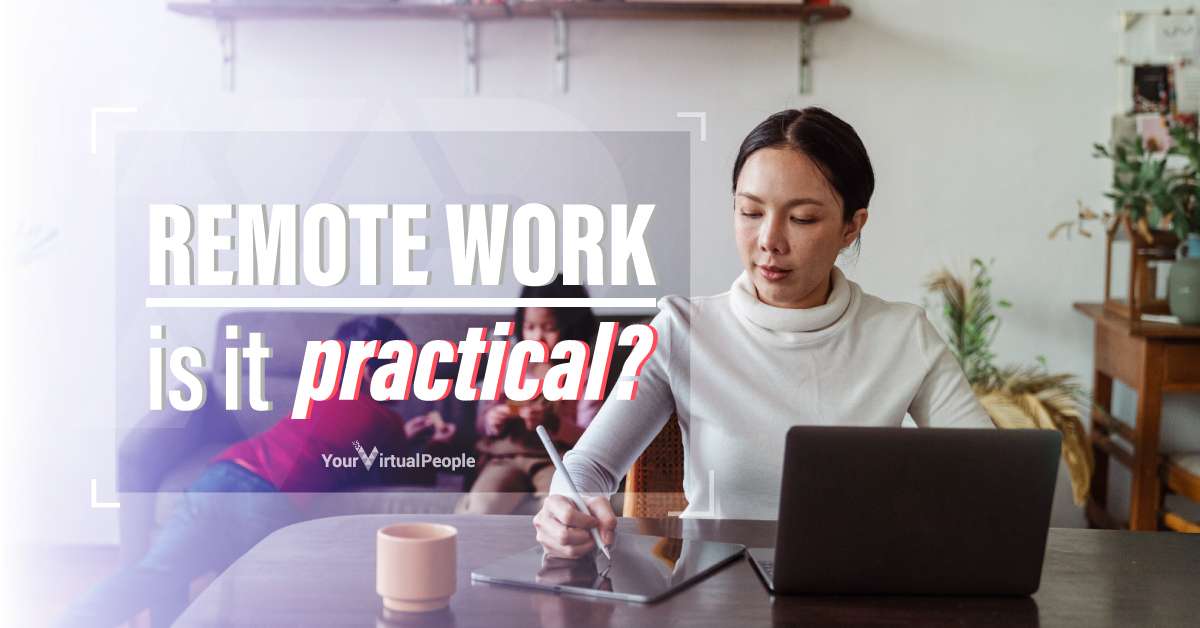It’s been almost two years since we first faced the global pandemic. In the early stages, we dealt with a new reality in our industry. We were faced with the question, what are we going to do as leaders to make sure our businesses come through and survive this health crisis? At that time, we didn’t know how long the pandemic would last and how long it would take for communities, cities, or even countries to flatten the curve. Many businesses are currently surviving by having some or all of their employees work from home. Remote work had a big moment when the pandemic forced companies all over the world to send their employees home to work virtually.
Yes, a lot of businesses were caught off guard by the rush to provide employees with all of the tools they needed to work from home. However, once everyone had settled in, it became clear to many office-based teams that employees could be just as productive and focussed when they were not in the office—in many cases, even more so. Employers all over the world began to realise that remote work is a viable option.
Remote work, as we’ve long known, has a lot of benefits for employees. In a survey to determine what advantages our staff experienced in a remote work setup, 19 out of 29 participants answered that the number one benefit was saving money and less stress commute. It’s a no-brainer that this would be on top of the ‘Pros’ list. According to a Ford Motor Company survey, 3 out of 10 Filipinos consider their commute to be the worst part of their day. Only 4% of Filipino respondents said they liked their commute, while 23% said it was “not bad.” The remaining 43% stated that their commute is inconvenient. Since most of our staff are working remotely, they are now free from the burden of commuting during the early hours of the day. The time saved can allow them to focus on non-work priorities such as getting more sleep in the morning, spending more time with family, working out, or eating a healthy breakfast.
The number one on the list of disadvantages of remote work, to which 16 out of our 29 participants answered, are technical issues like power and internet outages. Isolation and distraction also come a close second. When asked what their biggest challenge is during the whole journey of working from home, a lot of the respondents answered that they missed socialising with their team members. Some also answered that they had difficulty separating their work and personal life.
When it comes to “working from home,” there are numerous benefits as well as drawbacks. Working from home is popular due to the mental health and financial benefits; however, there are some drawbacks to the concept that should not be overlooked. To make the best decision for your company, it’s a good idea to conduct a survey and get feedback from your employees. When working from home, each person will have a unique experience; it’s critical that you give them a voice. You can then make an informed decision on whether to move forward with a flexible work setup, an office setup or a full-time remote work setup.
Interested in Outsourcing and building a great team? Call us at 1300 800 965 (AU) /+1 888 488 4069 (US & Canada) or email us at [email protected]
Let’s help you gain back the time, freedom and peace of mind!



